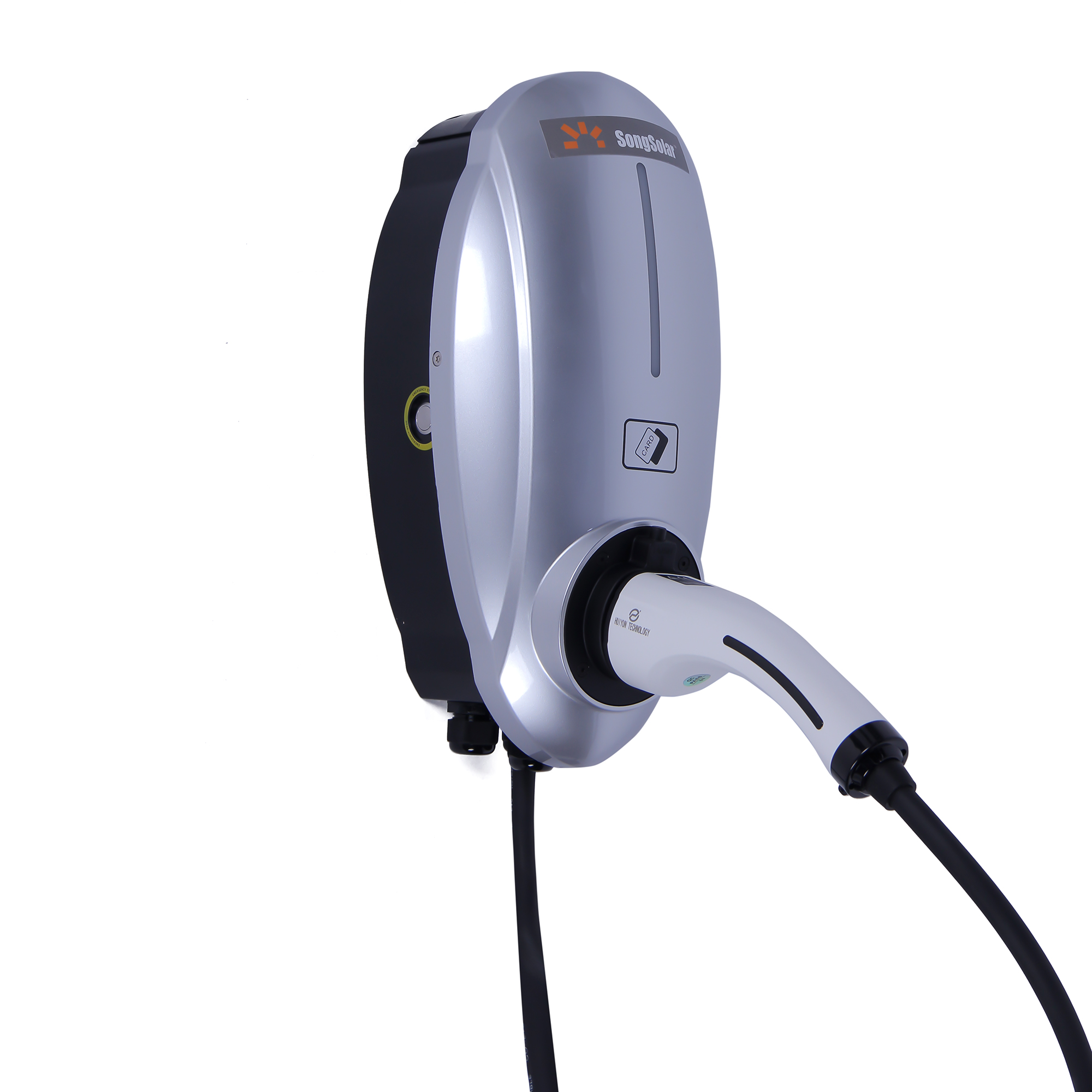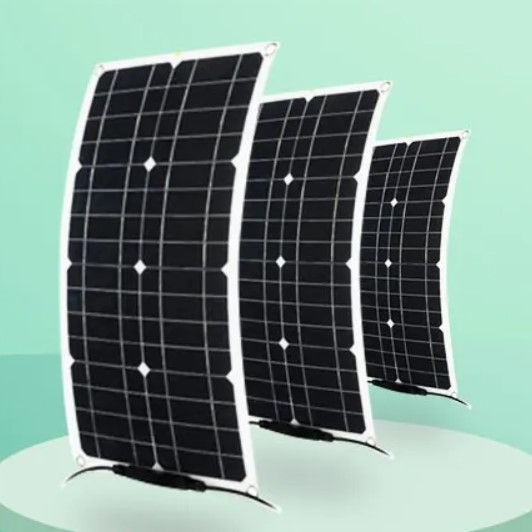Crude oil, gasoline, heating oil, diesel, propane, and other liquids including biofuels and natural gas liquids.
Exploration and reserves, storage, imports and exports, production, prices, sales. Camera With Solar Panel

Sales, revenue and prices, power plants, fuel use, stocks, generation, trade, demand & emissions.
Energy use in homes, commercial buildings, manufacturing, and transportation.
Reserves, production, prices, employment and productivity, distribution, stocks, imports and exports.
Includes hydropower, solar, wind, geothermal, biomass and ethanol.
Uranium fuel, nuclear reactors, generation, spent fuel.
Comprehensive data summaries, comparisons, analysis, and projections integrated across all energy sources.
Monthly and yearly energy forecasts, analysis of energy topics, financial analysis, congressional reports.
Financial market analysis and financial data for major energy companies.
Greenhouse gas data, voluntary reporting, electric power plant emissions.
Maps, tools, and resources related to energy disruptions and infrastructure.
State energy information, including overviews, rankings, data, and analyses.
Maps by energy source and topic, includes forecast maps.
International energy information, including overviews, rankings, data, and analyses.
Regional energy information including dashboards, maps, data, and analyses.
Tools to customize searches, view specific data sets, study detailed documentation, and access time-series data.
EIA's free and open data available as API, Excel add-in, bulk files, and widgets
Come test out some of the products still in development and let us know what you think!
Forms EIA uses to collect energy data including descriptions, links to survey instructions, and additional information.
Sign up for email subcriptions to receive messages about specific EIA products
Subscribe to feeds for updates on EIA products including Today in Energy and What's New.
Short, timely articles with graphics on energy, facts, issues, and trends.
Lesson plans, science fair experiments, field trips, teacher guide, and career corner.
Reports requested by congress or otherwise deemed important.
People use solar thermal energy for many purposes, including heating water, air, and the interior of buildings and generating electricity. There are two general types of solar heating systems: passive systems and active systems.
Passive solar space heating is when the sun shines through the windows of a building and warms the interior. Building designs that optimize passive solar heating (in the northern hemisphere) usually have south-facing windows that allow the sun to shine onto solar heat-absorbing walls or floors in the building. Solar energy is absorbed by the building materials and heats the interior of buildings by natural radiation and convection. Window overhangs or shades block the sun from entering the windows during the summer to keep the building cool.
Active solar heating systems move heated fluid (air or a liquid) into the interior of the building or to a heat storage system, where the heat is released when needed. Fans or pumps move the fluid through collectors to be heated, then to the interior of the building or heat storage system, and then back to the collector to be reheated. Active solar water heating systems usually have a tank for storing solar-heated water.
Solar energy systems that heat water or air in buildings usually have nonconcentrating collectors, in which the collector area—the area that intercepts solar radiation, is the same as the absorber area—the area absorbing the solar energy. Flat-plate collectors are the most common type of nonconcentrating collectors for water and space heating in buildings and are used when temperatures lower than 200°F are sufficient.
Flat-plate solar collectors usually have three main components:
Solar water-heating collectors have metal tubes attached to the absorber. A heat-transfer fluid is pumped through the absorber tubes to remove heat from the absorber and transfer the heat to water in a storage tank. Solar systems for heating swimming pool water usually have flat-plate collectors that do not have covers or insulation for the absorber, and the pool water circulates from the pool through the collectors and back to the pool.
Solar air-heating systems use fans to move air through flat-plate collectors and into the interior of buildings.

Polycrystalline Pv Module The area intercepting solar radiation on concentrating collectors is greater, sometimes hundreds of times greater, than the absorber area. A highly reflective collector focuses, or concentrates, solar energy onto an absorber. The collector usually moves throughout the day so that it maintains a high degree of concentration on the absorber. Solar thermal power plants use concentrating solar collector systems because they can produce the high temperature heat needed to generate electricity.